Headless CMS vs. Traditional CMS: Which One Fits Your Business?

Introduction
Choosing the right Content Management System (CMS) can have a significant impact on how your business manages and delivers content. With the growing popularity of headless CMS and the longstanding dominance of traditional CMS, you might wonder which one is best suited for your needs. This guide explores the pros and cons of each approach to help you make an informed decision.
What is a Traditional CMS?
A traditional CMS is a platform where the front-end (the visible part of a website) and back-end (where content is managed) are tightly integrated. Popular examples include WordPress, Joomla, and Drupal. These platforms provide an all-in-one solution that combines content creation, management, and presentation.
How it Works:
Users create and manage content in the back-end.
The system presents the content in pre-defined templates on the front-end.
Any updates to the content are immediately reflected on the website.
Use Cases: Traditional CMS platforms are ideal choices for small to medium-sized businesses, bloggers, and organizations that need straightforward website management without heavy customization or multi-platform delivery.
What is a Headless CMS?
A headless CMS, on the other hand, separates the front-end from the back-end. Content is stored and managed in the back-end and delivered via APIs to any front-end platform, such as websites, mobile apps, or even IoT devices. Examples include Orbitype, Strapi, and Sanity.
How it Works:
Content creators work in the back-end, just like in a traditional CMS.
Developers use APIs to fetch and display the content wherever it’s needed.
This decoupled approach offers flexibility for front-end design and content distribution, enabling seamless multichannel content delivery.
Use Cases: Headless CMS is a powerful choice for businesses managing digital content across multiple channels or those prioritizing custom designs and user experiences.
Key Differences Between Headless and Traditional CMS
Here’s a quick comparison to highlight the core differences:
Architecture: Traditional CMS uses a monolithic architecture where the front-end and back-end are tightly linked, while a headless CMS employs a decoupled architecture that separates the two.
Front-End Flexibility: Traditional CMS provides limited flexibility since it relies on pre-designed templates. In contrast, a headless CMS allows complete freedom in designing the front-end.
Content Delivery: Traditional CMS is optimized for single-channel delivery (e.g., websites), whereas a headless CMS excels in delivering content across multiple platforms, such as apps and IoT devices.
Technical Complexity: Traditional CMS is easier to set up and manage, requiring less technical expertise. A headless CMS, however, demands a higher level of technical skill and technical resources due to its reliance on APIs and custom front-end development.
Developer Dependency: Traditional CMS minimizes developer involvement, whereas headless CMS requires developers to build and maintain the front-end.
Pros and Cons of Traditional CMS
Pros:
Ease of Use: Traditional CMS platforms are user-friendly, with intuitive interfaces for managing content and themes.
Cost-Effective: For smaller projects, traditional CMS requires less initial investment compared to custom headless solutions.
All-in-One Solution: With built-in front-end capabilities, there’s no need for additional development to display content.
Cons:
Limited Scalability: As businesses grow, the monolithic architecture can become a bottleneck, limiting performance and flexibility.
Single-Channel Focus: Traditional CMS is primarily designed for websites, making it less effective for multichannel content delivery.
Restricted Customization: Customizing the front-end often involves working within the constraints of pre-defined themes and templates.
Traditional CMS is an excellent choice for businesses that prioritize simplicity and don’t require content delivery to multiple platforms.
Pros and Cons of Headless CMS
Pros:
Front-End Flexibility: Developers have complete control over how content is presented, allowing for highly customized and innovative designs.
Multi-Channel Content Delivery: Content can be delivered seamlessly across websites, mobile apps, kiosks, and other platforms via APIs.
Scalability: The decoupled architecture ensures better performance and scalability for growing businesses.
Cons:
Higher Technical Complexity: Setting up a headless CMS requires a team with technical expertise, as it involves API integrations and front-end development.
No Built-In Front-End: Unlike traditional CMS, a headless CMS doesn’t provide templates or themes, requiring additional effort to create the front-end.
Initial Costs: The flexibility and scalability come with a higher upfront investment in time and resources.
Despite the steeper learning curve, a headless CMS is a future-proof solution for businesses with complex digital projects.
Which CMS Fits Your Business Needs?
Choosing between a traditional CMS and a headless CMS depends on your specific business requirements. Here are some factors to consider:
Business Size and Goals:
Small businesses and bloggers with straightforward website needs may find traditional CMS more suitable.
Enterprises or tech-driven startups with multichannel content delivery strategies benefit from a headless CMS.
Content Strategy:
If you need a simple website, traditional CMS is a hassle-free choice.
For delivering digital content across apps, websites, and other platforms, headless CMS is the way to go.
Technical Expertise:
Limited technical resources? Traditional CMS is easier to implement and maintain.
If you have a skilled development team, a headless CMS offers unmatched flexibility.
Budget:
Traditional CMS is cost-effective for smaller projects.
Headless CMS requires a higher initial investment but provides scalability for long-term growth.
User Interface:
Traditional CMS often features a simpler user interface, which is ideal for non-technical users.
Headless CMS platforms may require a more technical understanding but offer greater customization.
How Orbitype Can Help
If you’re considering a headless CMS, Orbitype offers a robust platform tailored to businesses looking for scalability and flexibility. With features like:
Seamless API Integration: Deliver content to multiple platforms effortlessly.
Custom Dashboards: Manage and visualize content effectively.
Developer-Friendly Tools: Simplify the process of creating and managing custom front-ends.
Orbitype empowers your team to unify and manage data, files, and tools without being locked into a single platform. Whether you’re building a website, a mobile app, or both, Orbitype provides the tools you need to succeed in delivering exceptional digital experiences.
Conclusion
Choosing the right CMS is about understanding your current needs and planning for the future. Whether you opt for a traditional CMS or a headless CMS, make sure it aligns with your goals and capabilities. And if you’re ready to explore the possibilities of a headless CMS, Orbitype is here to help you take the next step.
Read more
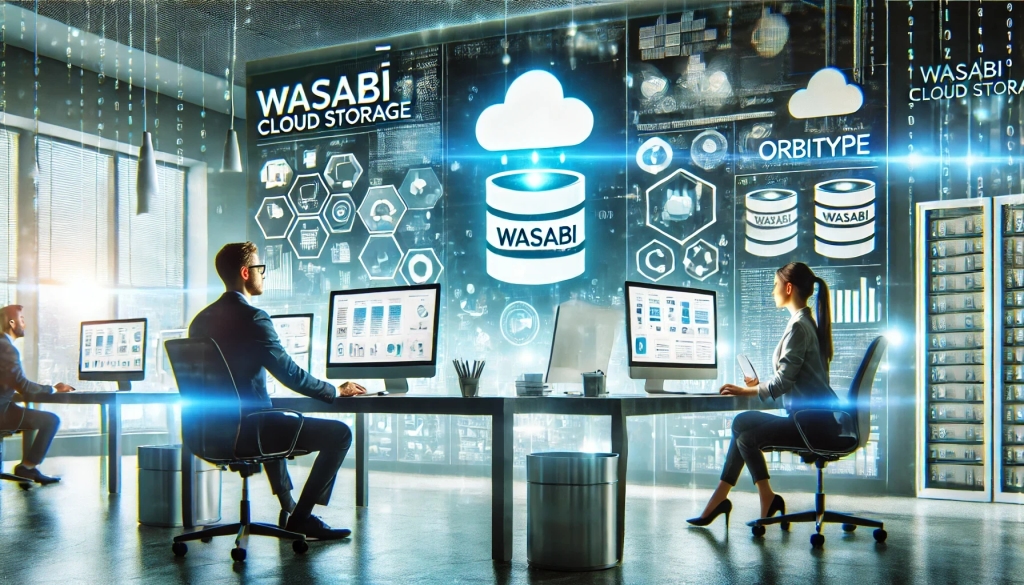
Seamless Data Management: Integrating Wasabi Cloud Storage with Orbitype
Boost your CMS performance with Wasabi Cloud Storage and Orbitype integration. Learn how this cost-effective, scalable solution enhances data management and delivers exceptional results.
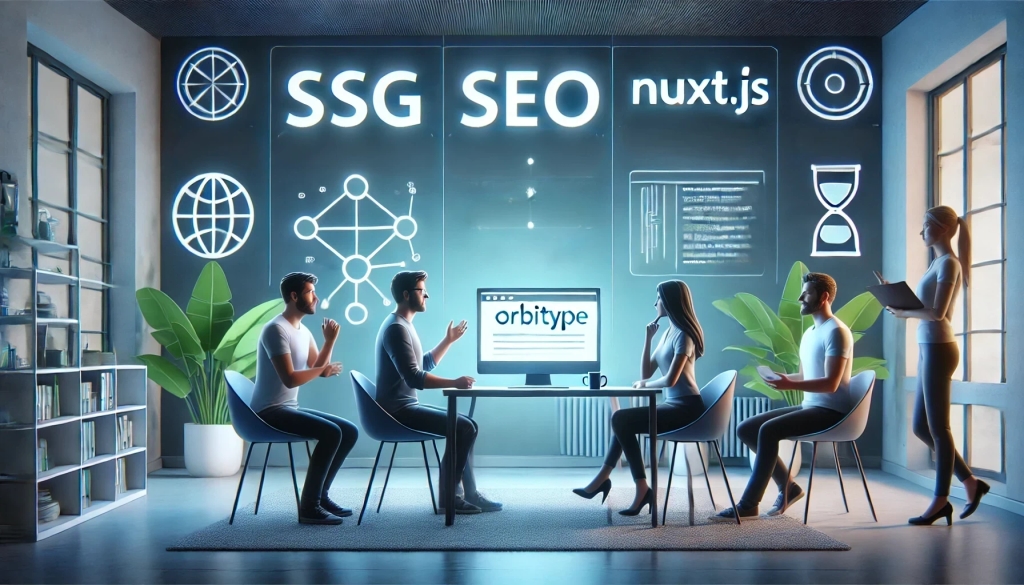
Integrating Orbitype with Nuxt.js for Optimal Performance and SEO
Leveraging Orbitype, a robust headless CMS, with Nuxt.js, a Vue.js framework, provides developers a powerful solution for building fast, SEO-optimized websites. This blog post explores how the integration of Orbitype and Nuxt.js harnesses the benefits of static site generation (SSG) and server-side rendering (SSR), thanks to Orbitype's API-driven content management system.
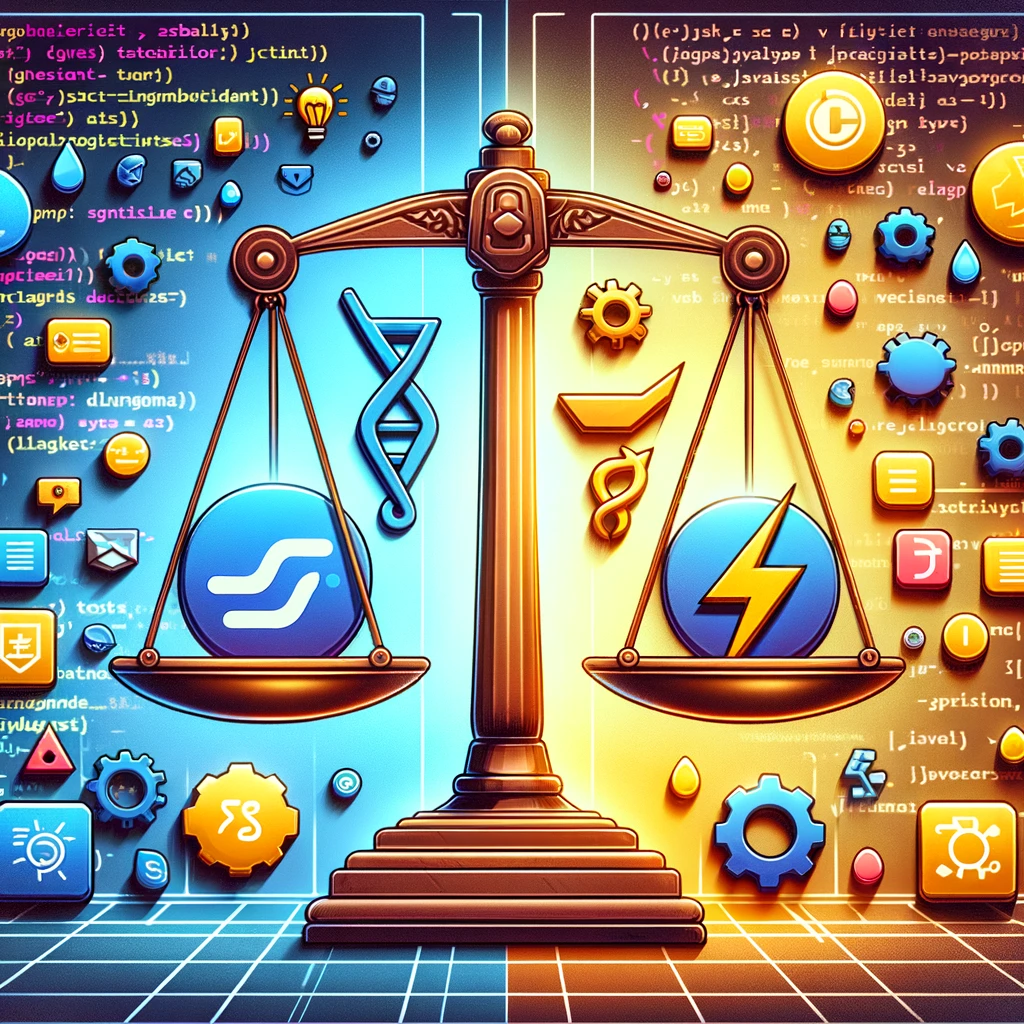
TypeScript vs. JavaScript
Discover the synergy between TypeScript and JavaScript for web development. Learn how Orbitype supports Nuxt CMS, headless CMS for Nuxt, and future-ready digital trends.
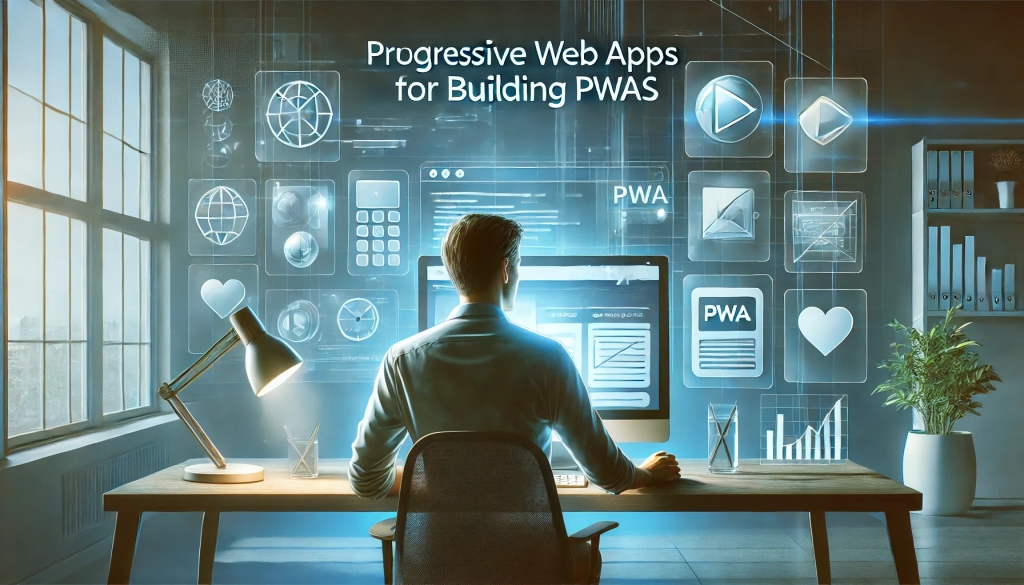
Building Progressive Web Apps (PWAs) with Orbitype
Explore how Orbitype enhances Progressive Web Apps (PWAs) with optimized performance, offline capabilities, and seamless content management for superior user experiences.
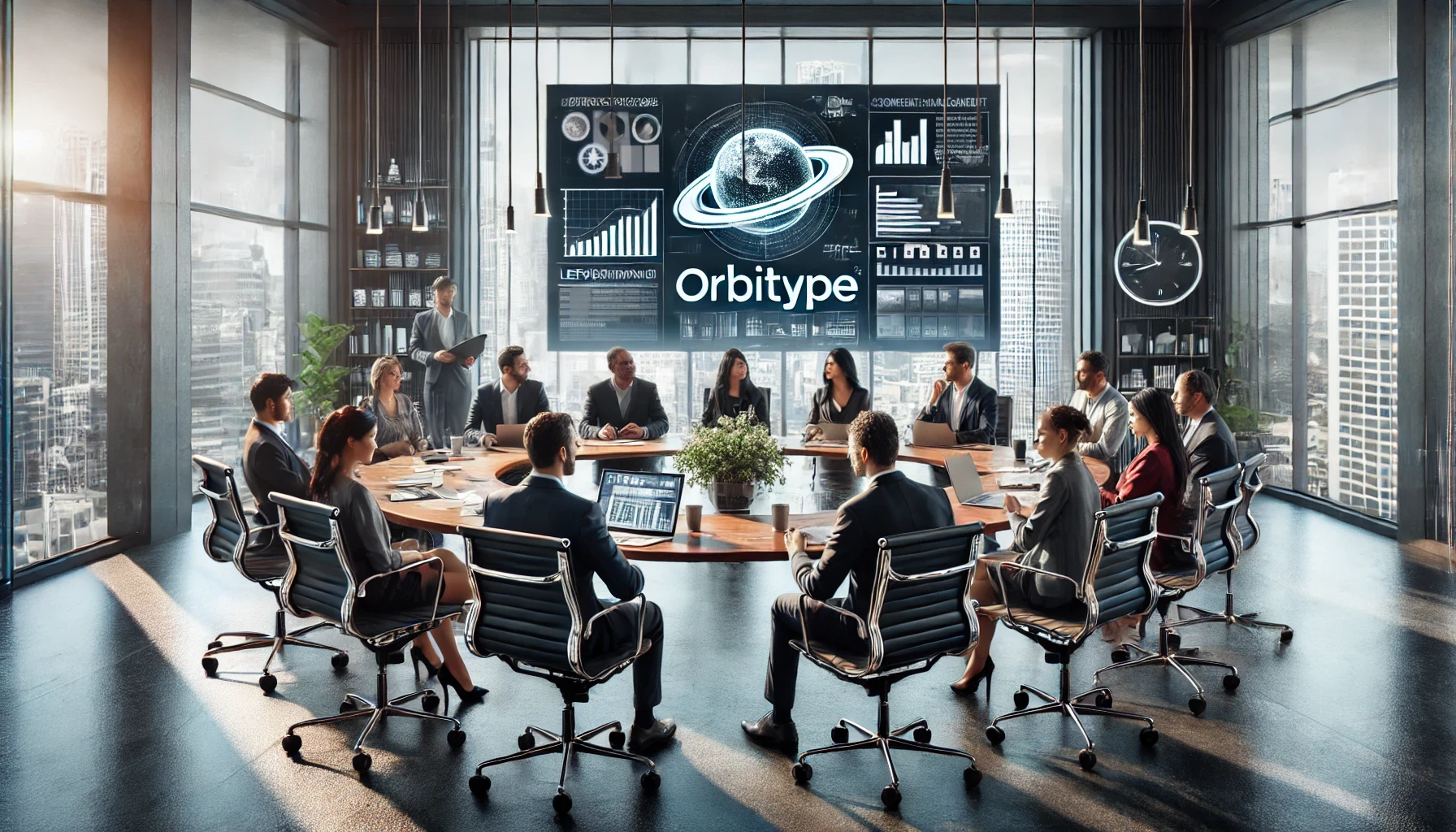
Leveraging Orbitype for Efficient Content Management in E-Commerce
nhance your e-commerce performance with Orbitype CMS. This scalable headless CMS simplifies content management, boosts SEO, and seamlessly integrates with Shopify, WooCommerce, and Magento for dynamic, flexible solutions.

Mastering Third-Party Integrations with a Headless CMS for Efficient Workflows
Streamline workflows and scale your business with seamless third-party integrations using Orbitype's flexible headless CMS—designed for efficiency, automation, and growth.
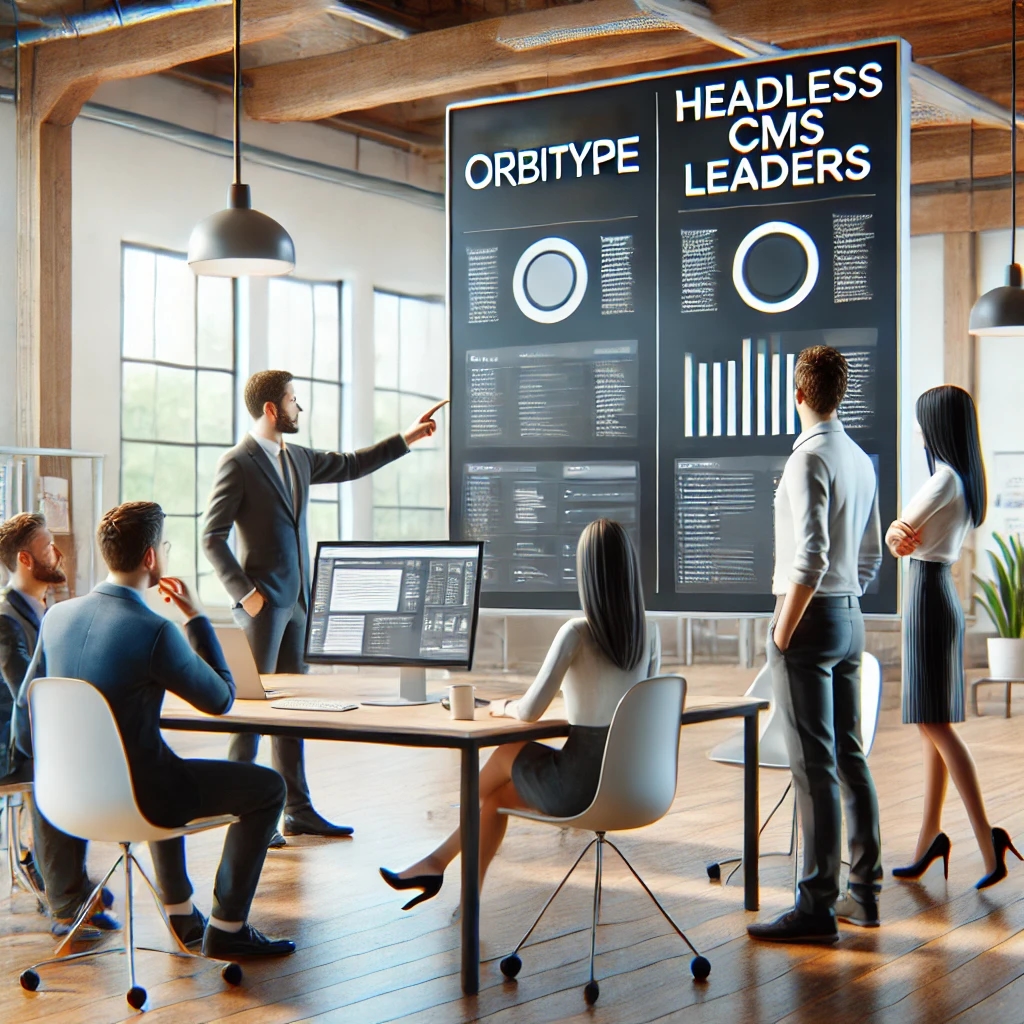
How Orbitype Compares to Headless CMS Leaders in 2025
Struggling to choose the best CMS? Discover how Orbitype compares to headless CMS leaders in 2025, solving complexity and scalability challenges with ease. Try Orbitype!
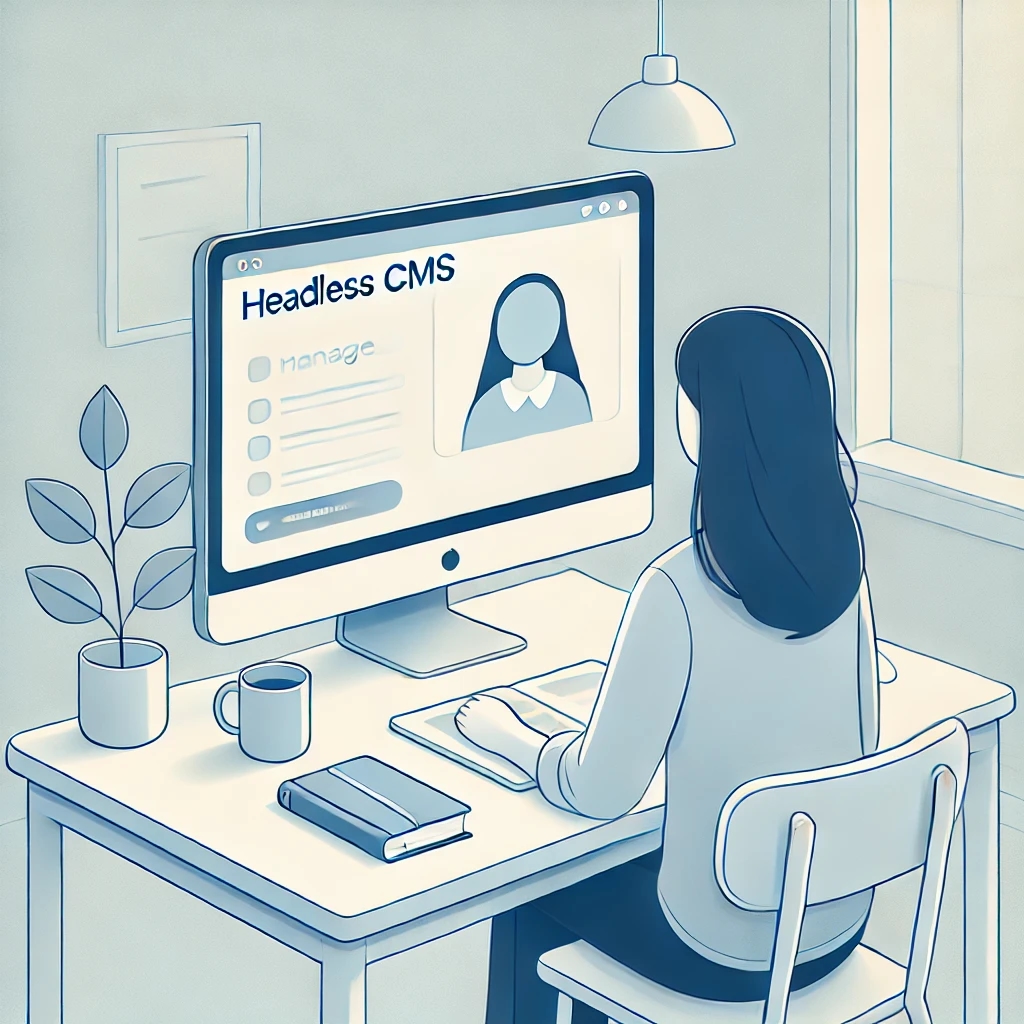
How Educational Institutions Benefit from Headless CMS for Online Learning
Enhance online learning with a Headless CMS. Discover how centralized content management, scalability, and seamless multi-channel access can transform educational platforms.
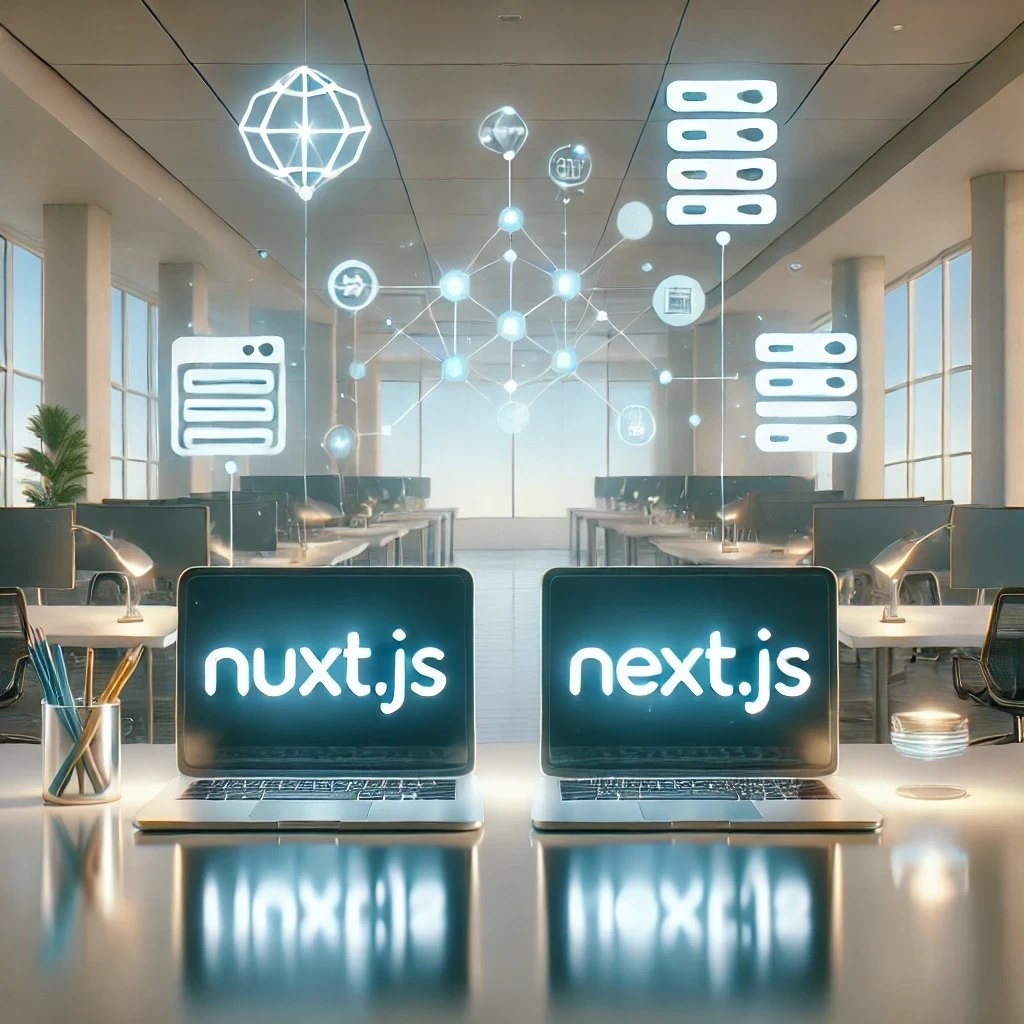
Nuxt vs Next: Which Framework Works Best with Headless CMS?
Compare Nuxt.js and Next.js to find the best frontend framework for your Headless CMS. Discover which offers better performance, scalability, and flexibility for dynamic web projects.
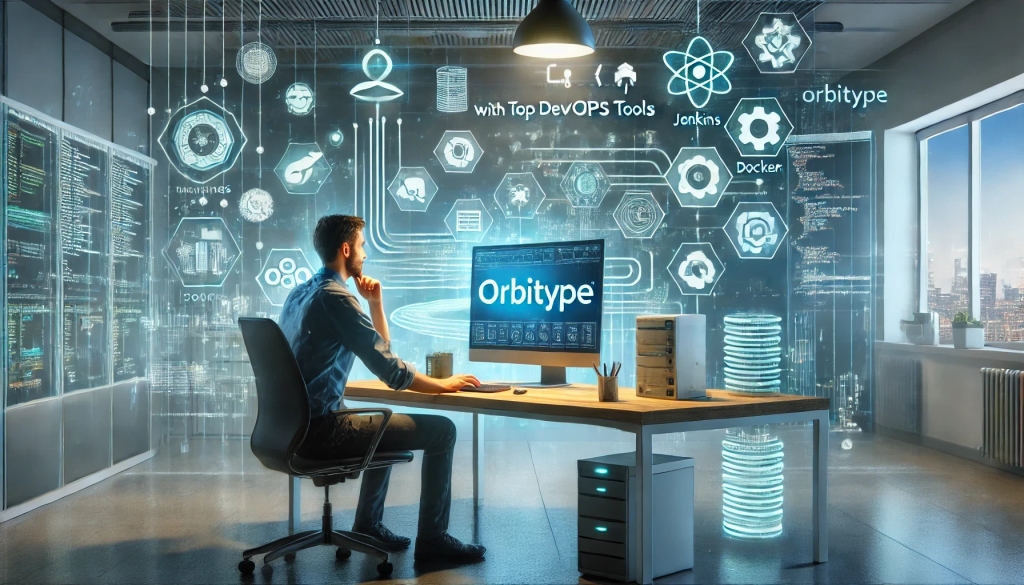
Streamlining Development: Integrating Orbitype with Top DevOps Tools
Discover how to integrate Orbitype with leading DevOps tools like Jenkins, Docker, and Kubernetes. Learn best practices for automating deployments, containerizing Orbitype, and scaling efficiently while streamlining workflows for continuous integration and delivery.
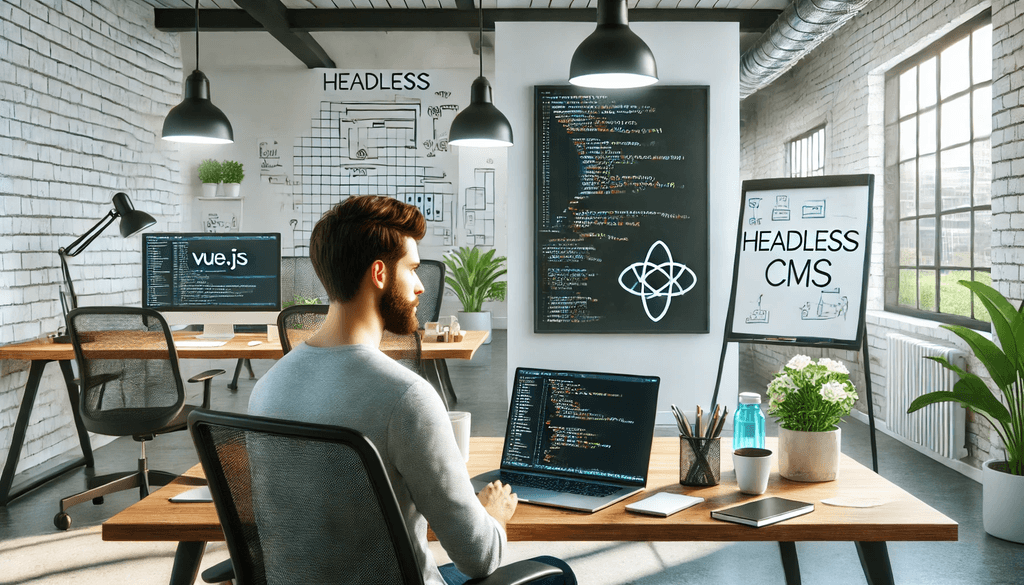
Building High-Performance Vue Apps with a Headless CMS
Discover how to optimize Vue.js apps with a Headless CMS for high performance, scalability, and SEO. Learn best practices and tools for creating dynamic web apps.

SQL or NoSQL: What's Best for Mobile Applications Using Orbitype?
Explore Orbitype, the ultimate headless CMS for React developers, offering seamless content management, enhanced performance, and flexibility to create dynamic web applications with ease. Learn how Orbitype simplifies workflows and boosts productivity.
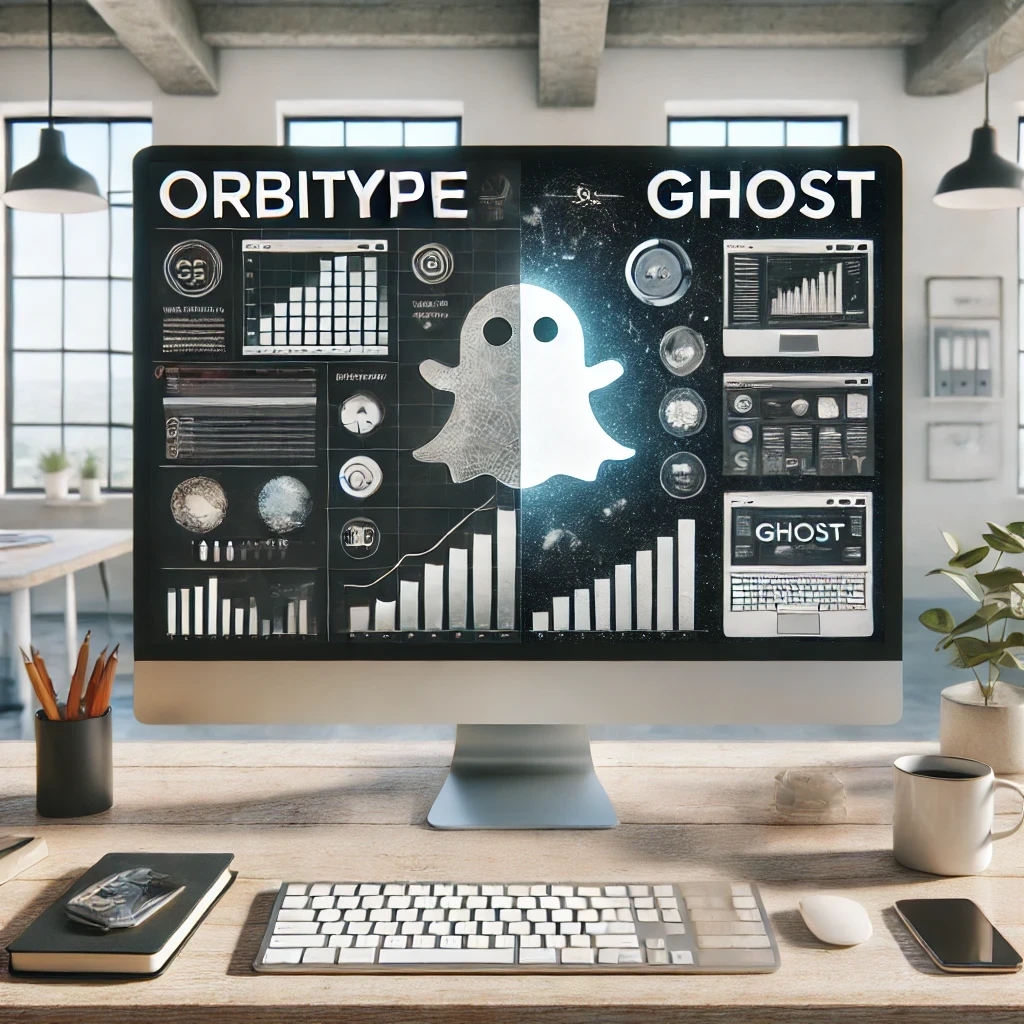
Comparing Orbitype and Ghost: Best CMS for Blogging in 2025
Compare Orbitype and Ghost to find the best CMS for blogging in 2025. Discover which platform suits your goals, from scalability to simplicity and dynamic content
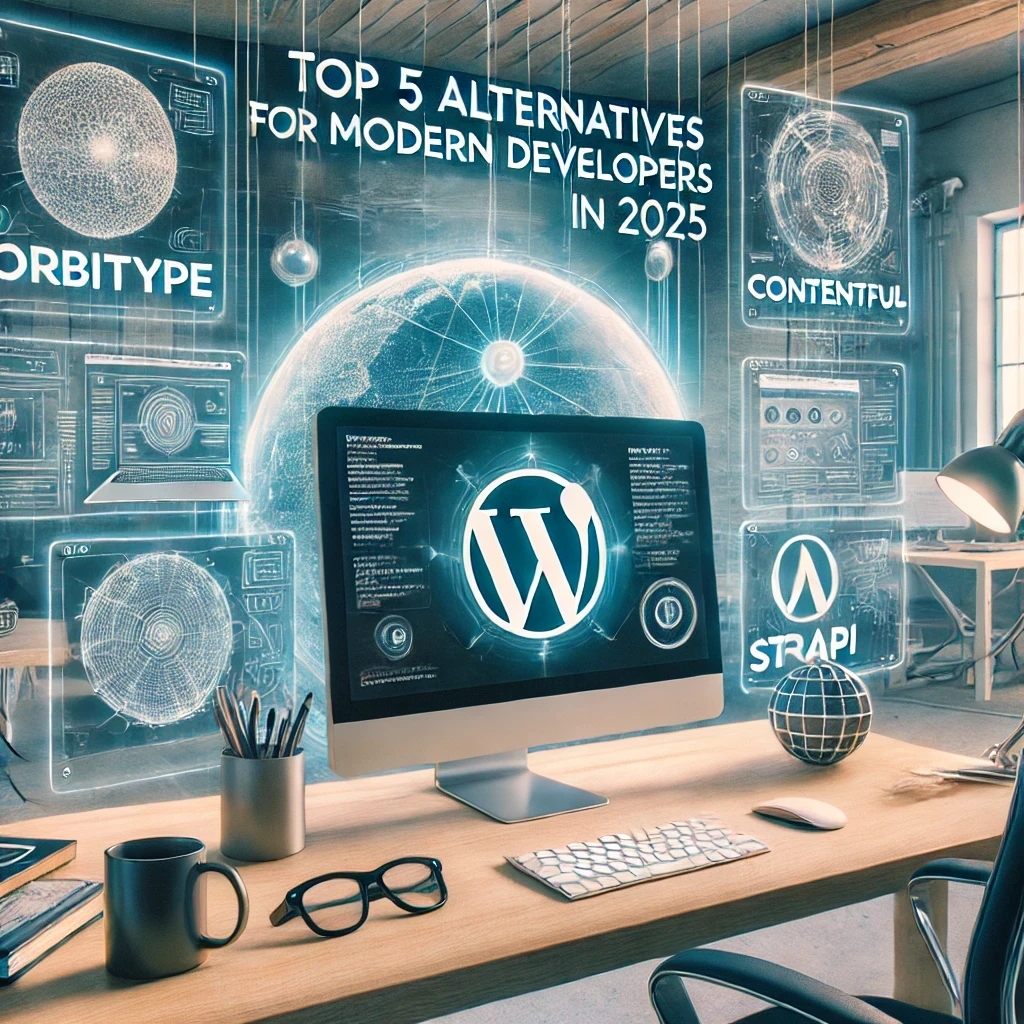
Top 5 Alternatives to WordPress for Modern Developers in 2025
Discover the top WordPress alternatives for 2025, including Orbitype, Contentful, and Strapi. Explore modern CMS platforms offering scalability, flexibility, and cutting-edge tools for developers.

Security and Compliance in Headless CMS: Focus on Orbitype
Explore headless CMS security with Orbitype: advanced authentication, data encryption, and compliance with GDPR & CCPA. Learn best practices for secure CMS operations.

10 Tips for Optimizing Core Web Vitals in Headless CMS Websites
Discover 10 actionable tips to optimize Core Web Vitals for Headless CMS websites. Improve performance, SEO, and user experience with these essential strategies.
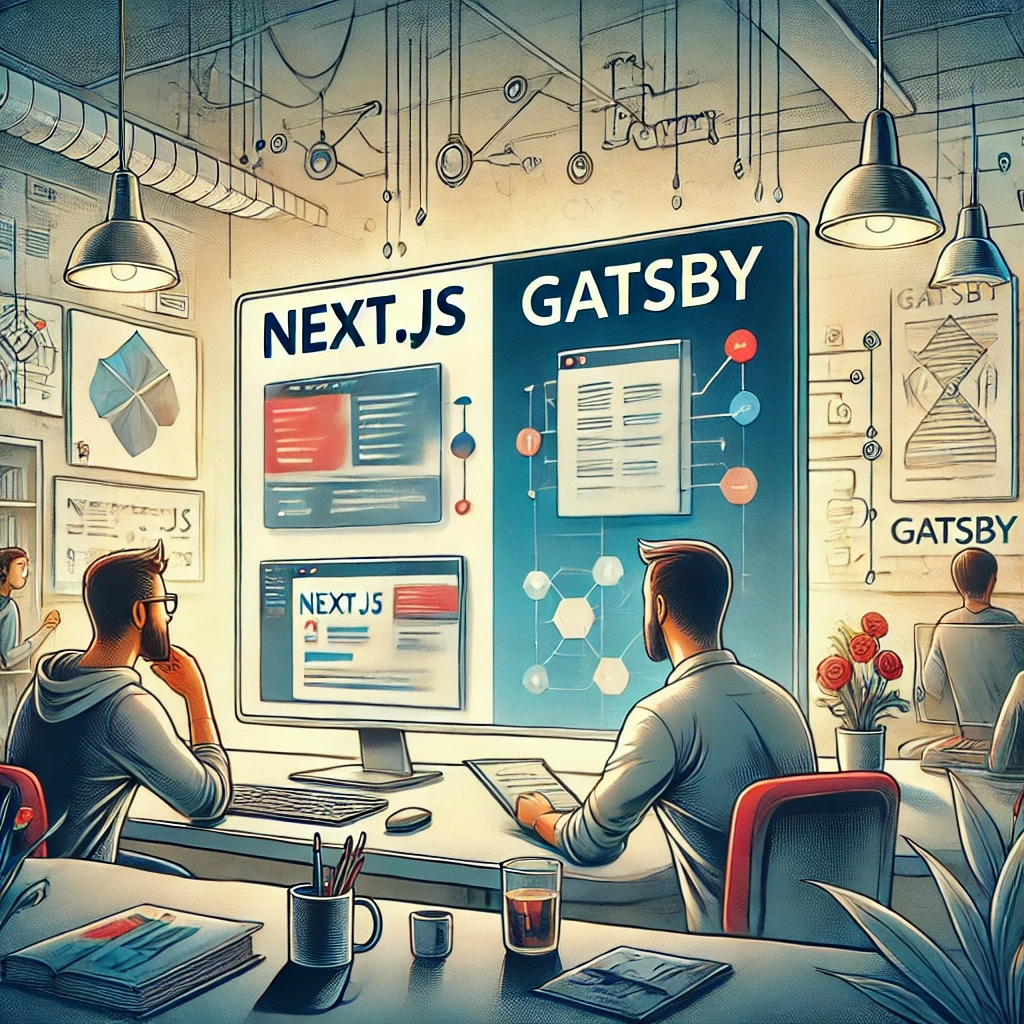
Next.js vs Gatsby: Which Works Best With a Headless CMS?
Choosing between Next.js and Gatsby can be challenging when working with a Headless CMS. This guide breaks down their strengths and helps you decide which framework works best for your dynamic or static content needs.

CMS for Vue.Js - Orbitype Headless CMS
Explore Orbitype, the best Headless CMS for Vue.js, offering seamless API integration, dynamic content management, and unmatched performance for interactive front-end development.
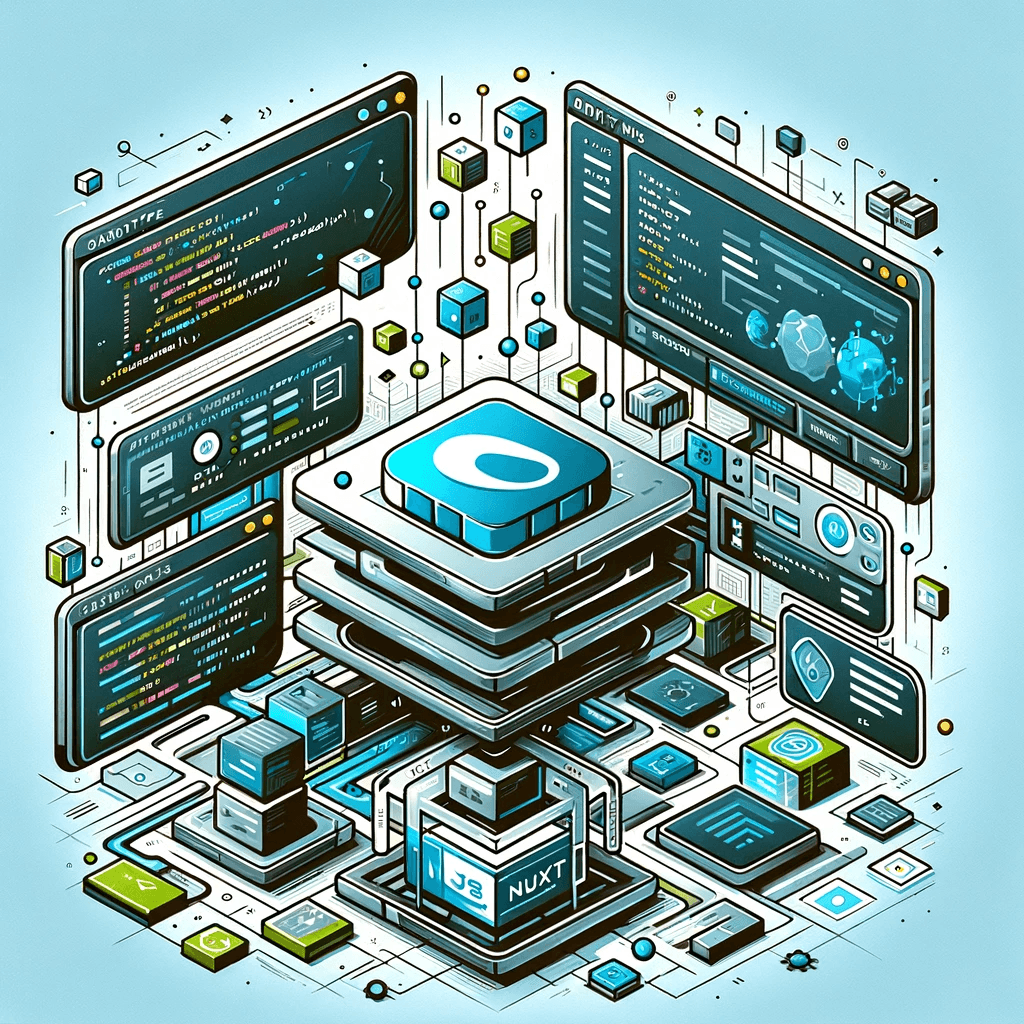
CMS for Nuxt - Orbitype Headless CMS
Optimize your Nuxt.js projects with Orbitype, the API-first Headless CMS offering scalable content management, multimedia repositories, and enhanced SEO for modern web applications.
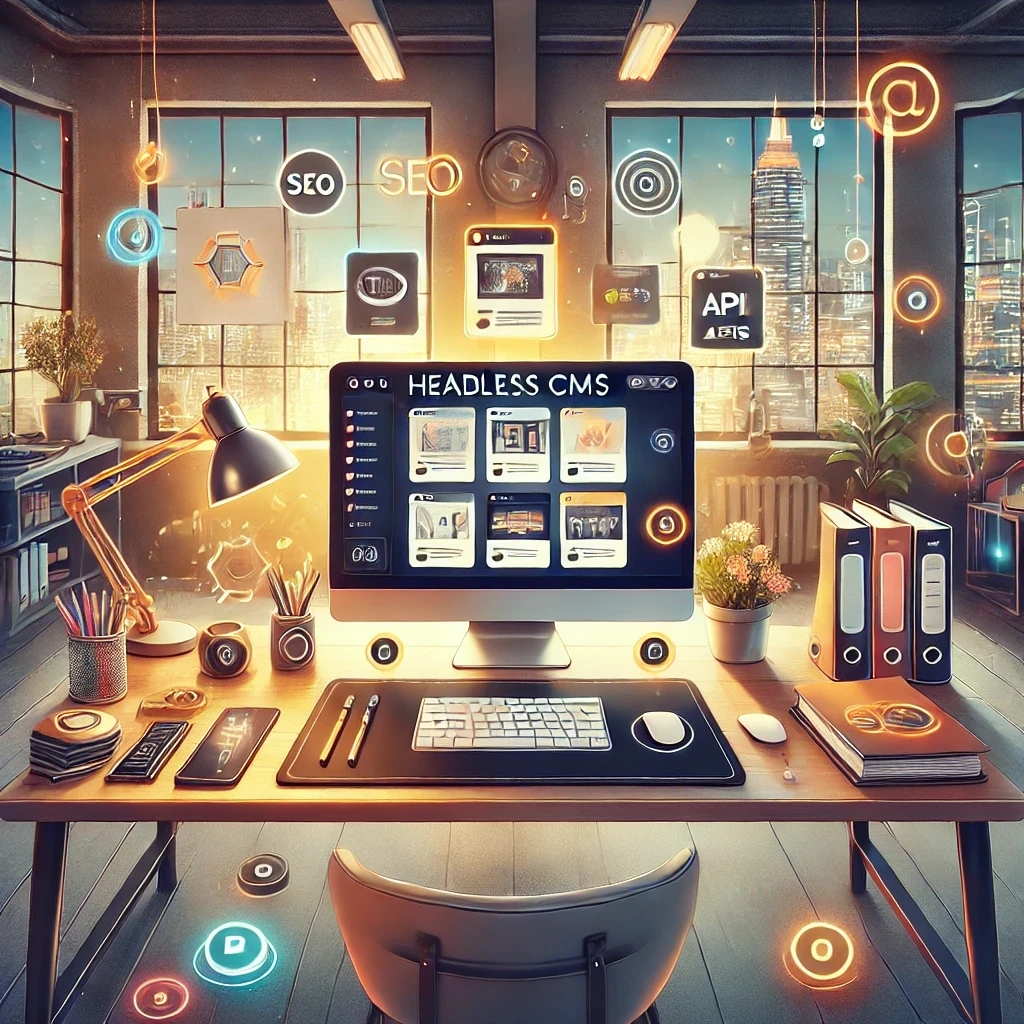
Best Headless CMS Solutions for Portfolio and Personal Websites
Showcase your work with ease using Orbitype—the ultimate Headless CMS for portfolio and personal websites. Enjoy seamless integration, powerful customization, and SEO-friendly features designed for creators and developers.
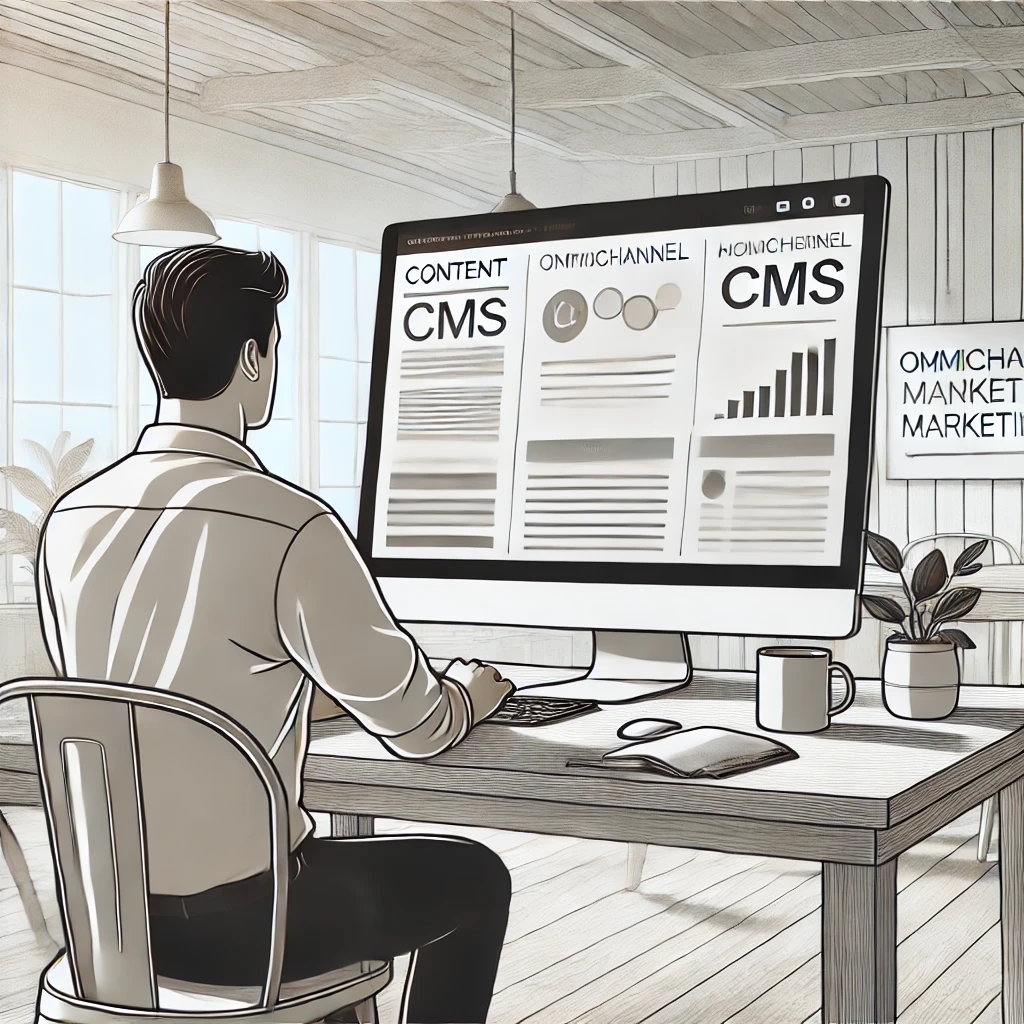
How Headless CMS Empowers Omnichannel Marketing Strategies
Boost your omnichannel marketing strategy with a Headless CMS. Centralize content management, deliver personalized customer experiences, and ensure consistency across platforms.
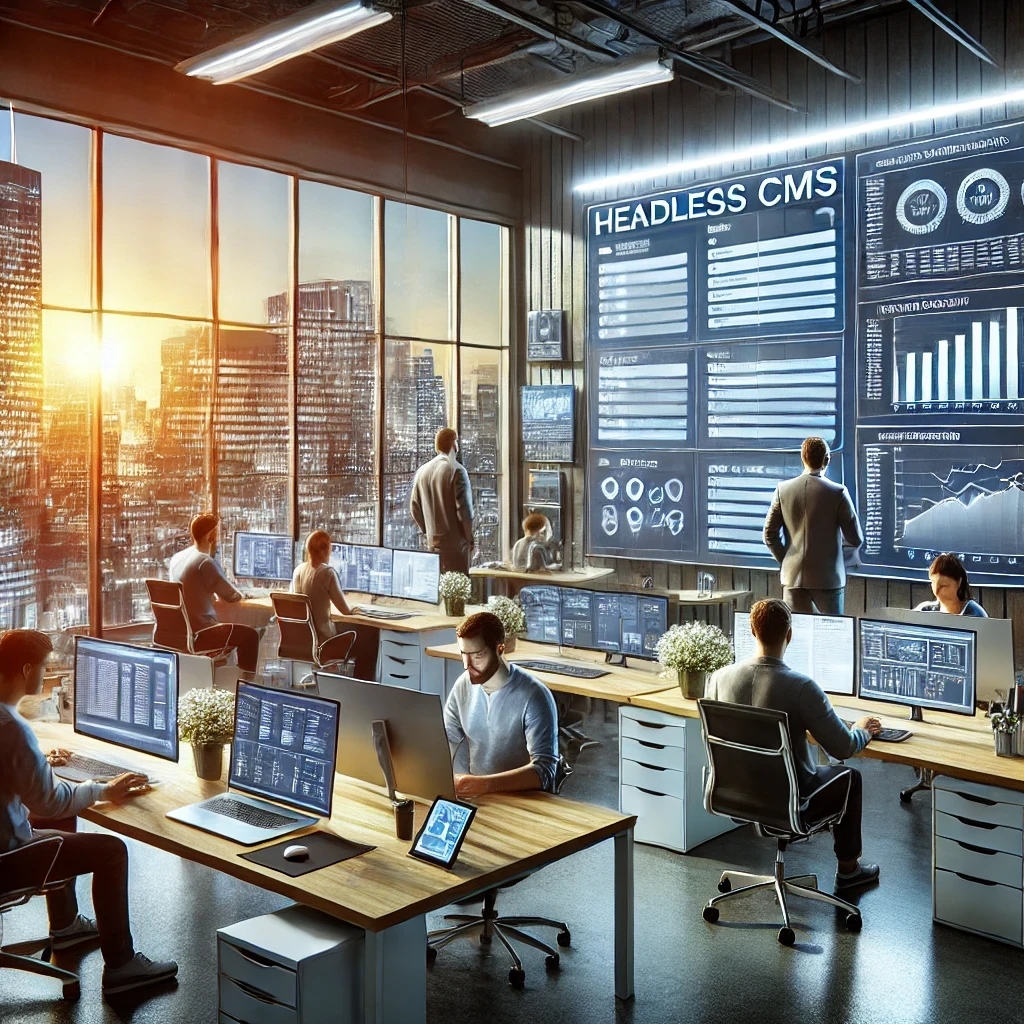
How to Scale Your Website with a Headless CMS for High Traffic
Scale your website effortlessly with a headless CMS like Orbitype—achieve faster load times, seamless scalability, and reliable performance during high-traffic surges
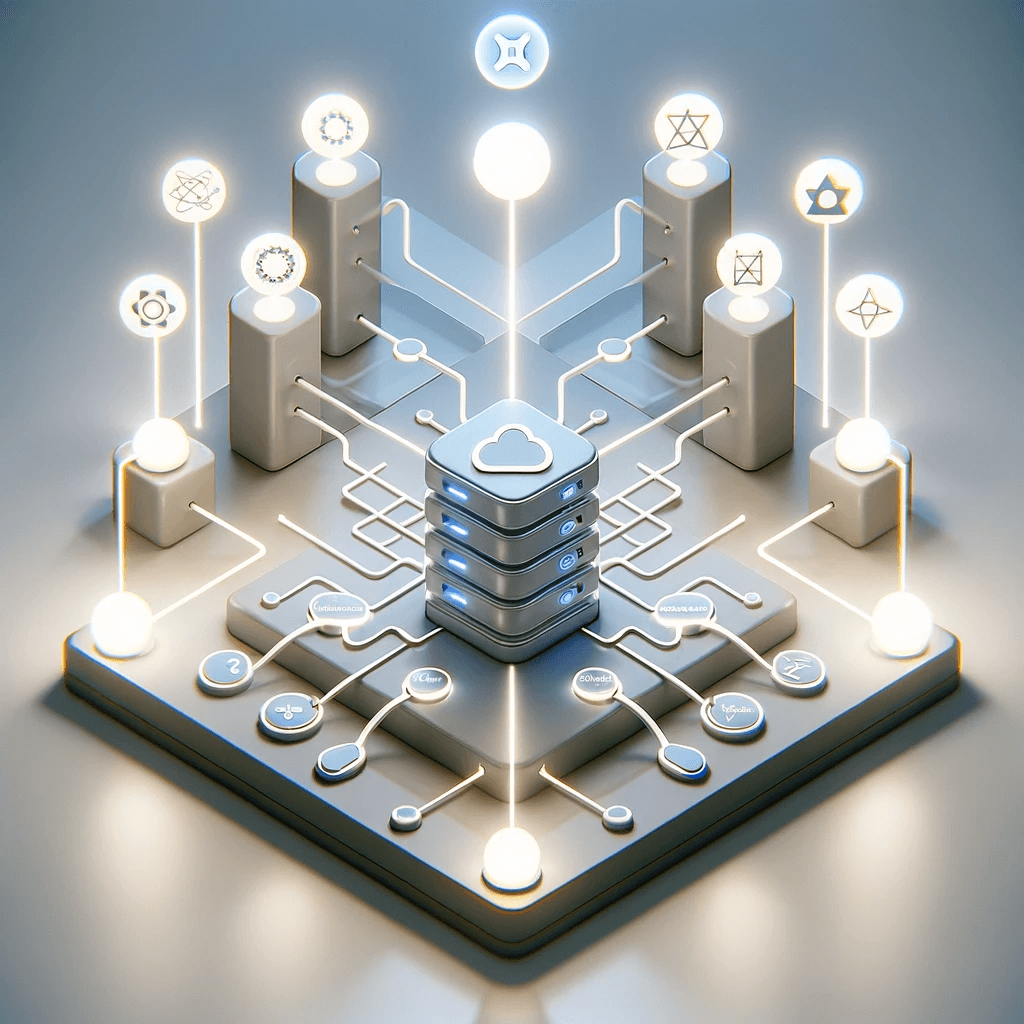
CMS for React - Orbitype Headless CMS
Orbitype is the ideal CMS for React developers, combining seamless API integration, flexible content management, and scalability to create fast, dynamic, and customizable web applications effortlessly.
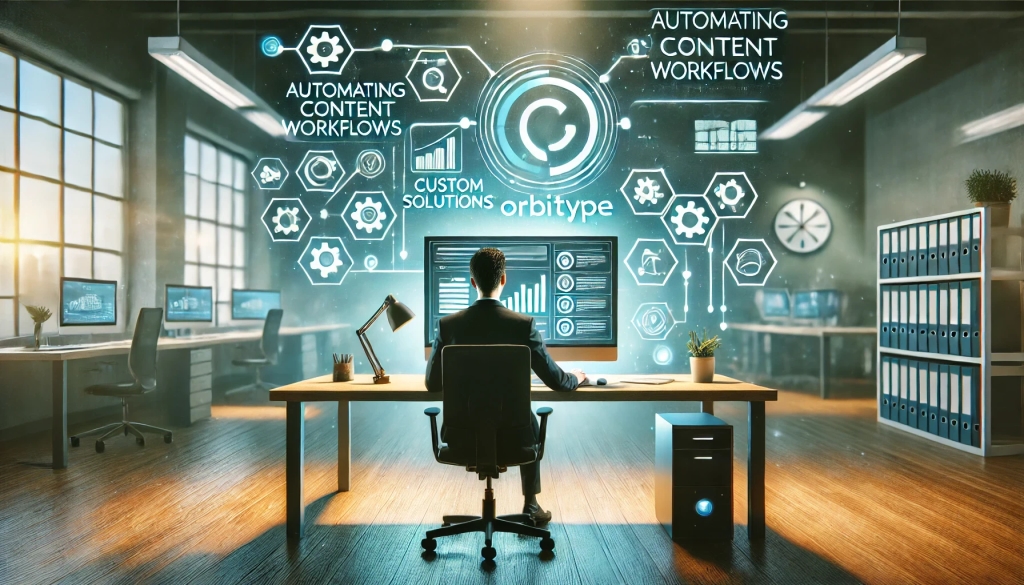
Automating Content Workflows with Orbitype’s Custom Solutions
Discover how Orbitype's custom CRM and ERP solutions revolutionize content workflows. Automate processes, reduce manual tasks, and improve productivity for software development agencies with tailored tools for seamless collaboration and efficiency.